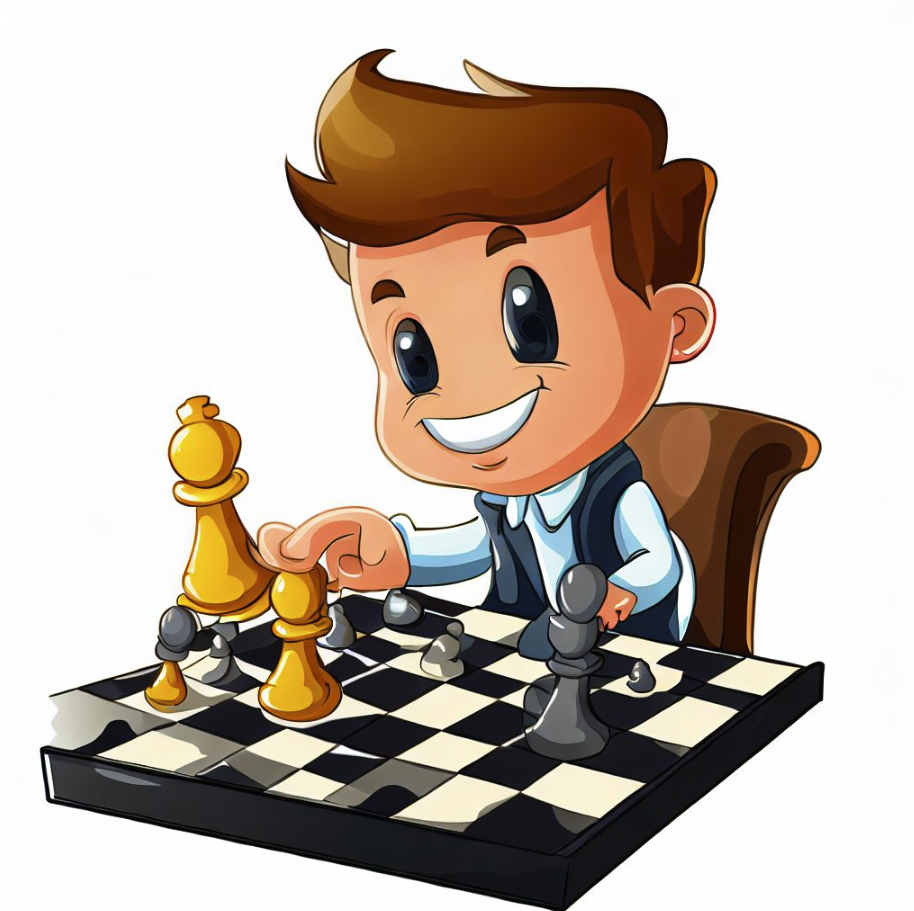The king, often perceived as the most vital piece, has a primary objective: to stay safe from the attacks of the opponent.
Traditionally, moving the king to the other side of the board doesn’t inherently hold any significant value or advantage.
Let’s look a bit deeper into this.
The Traditional Role of the King
In classic chess, the king moves one square in any direction – horizontally, vertically, or diagonally.
The primary objective is to protect the king at all costs, as the game ends when the king is checkmated.
Moving the king to the other side of the board is not a strategy commonly pursued, as it doesn’t confer any particular advantage and might even expose the king to greater risks.
Venturing Beyond the Conventional
Despite the traditional rules, the world of chess is not static.
Over the years, numerous chess variants have emerged, each introducing new rules, strategies, and objectives.
In some of these variants, the concept of moving the king to the other side of the board might be incorporated as a valuable strategy or even as a winning condition.
Chess Variants and New Horizons
In the realm of chess variants, the possibilities are virtually limitless.
Imagine a game where moving the king to the other side of the board grants additional powers or abilities to the player – or even winning the game.
How would you strategize in that game?
For instance, a variant could introduce a rule where reaching the other side allows the king to promote, similar to a pawn reaching the eighth rank in traditional chess. (And winning could mean eliminating all the pieces, not just capturing the king.)
Another potential variant could involve a race between the two kings to reach the other side of the board, adding a thrilling and dynamic element to the game.
In this scenario, the journey of the king becomes a central aspect of the gameplay, requiring players to balance offense and defense in a bid to reach the other side first.
Theoretical Implications and Strategies
Incorporating such a rule would undoubtedly alter the strategies employed by players.
The middle game might witness aggressive pushes by the king, as other pieces clear out and reduce the odds of it being attacked or checkmated, escorted by a phalanx of pieces protecting it.
Defensive structures might evolve to prevent the opponent’s king from advancing, leading to a complex and layered battle of strategy and tactics.
Conclusion
While moving the king to the other side of the board doesn’t hold any intrinsic value in traditional chess, the introduction of this concept in chess variants can open up a new frontier of strategies and gameplay dynamics.
It serves as a testament to the versatility and adaptability of chess as a game, capable of evolving and offering fresh challenges to enthusiasts around the world.


